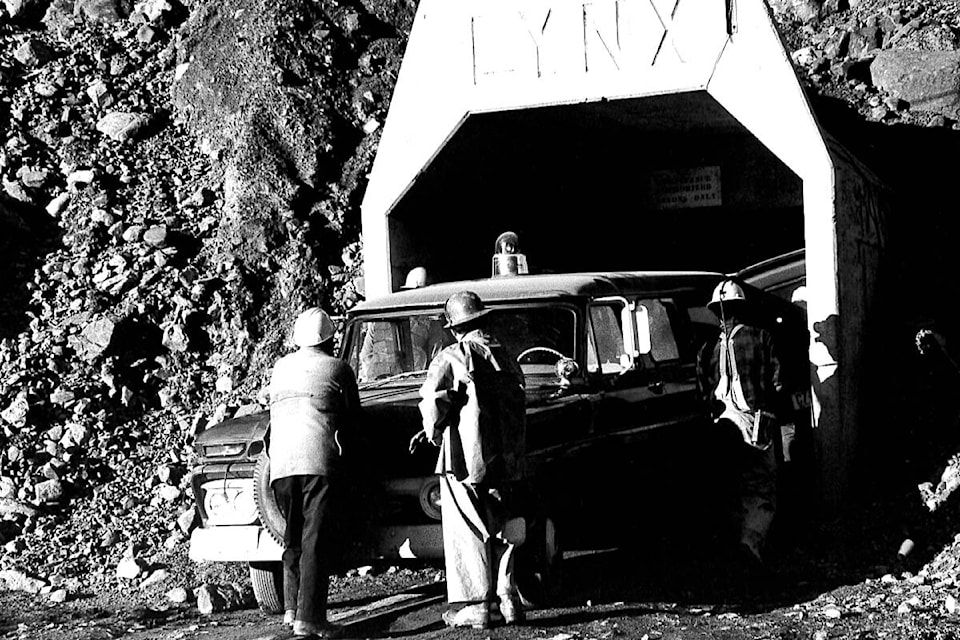By the Staff at the Museum at Campbell River
It is no secret that the history of the province of British Columbia as we know it today has been shaped by its lands and waters.
The territories that now form the province have shaped the peoples living here for millennia, to the point where even the sounds of the languages reflect the lands in which they are spoken. When outsiders first came to these shores, they were amazed, bringing home news of abundant timber and sea life that quickly encouraged more people to come see for themselves. The colonization of this territory was always about accessing the abundant resources found here, and the wealth of this province has been made from the exploitation of these resources.
In documenting our regional history, the museum has been diligent about telling the stories of the people that have shaped the history of the North Island. The archives are filled with the recordings of community members from all different cultural backgrounds and professions including former loggers, fishermen, farmers, mill workers, tourism operators, the list goes on. There is one industry; however, that has not been as well documented, and that is mining.
The potential for mining was one of the first resources that brought newcomers to stay in the North Island region, rather than just trading or harvesting and moving on. It was the potential of North Island coal reserves that led to the establishment of the Hudson’s Bay Company Fort Rupert in 1849, before Nanaimo’s reserves took precedence in 1853. Although gold was initially noted in Zeballos by the Spanish in the late 1700s, the success of prospectors in the 1930s led to a boom town.
We see the impact of early mining in many of the English place names found in the region such as Gold River and Copper Bluffs. When one looks closely, there is physical evidence of prospectors and mines on every island and up every inlet in the area, including several on Quadra Island. One of the only prospectors from the Campbell River area whose name and story was recorded was ‘Lord’ Bacon. And he was notable more for his eccentricities than his success in prospecting.
Closer to home, in our immediate backyard is one of the most remarkable mines in the province. It is remarkable for several reasons. The first is that it operates within the oldest provincial park in B.C., an anomaly if ever there was one. The second is that it was only predicted to have a working life of 5-8 years when it began active development in 1964, but is still operating and producing today.
With our society’s growing reliance on technology and the move away from fossil fuels, demand for the minerals found there is likely to increase. It has been the community’s second largest employer for most its time in operation, in the late ‘80s and early ‘90s employing around 700, second only to the Elk Falls Mill. Despite this fact, here in Campbell River, we do not see much of Myra Fall’s workings. The only visible signs of the many men and women employed there are the buses that shuttle them to and from work, the ore trucks passing through on their way to the Spit, and the large ships loading up with ores before departing on their way to destinations around the world.
When you search in the archives for stories of the mines of the North Island, you will find newspaper articles about their operations, statistics about their yield, and commentaries about their environmental impact, but few memories or stories of the people who have worked there. This is an omission that the museum is seeking to rectify.
We initially began an oral history project to record some of these stories, working closely with some retired employees from Myra Falls, two years ago. Our timing was unfortunate, as the COVID-19 pandemic halted our project in its tracks before it could really get started. We are hoping that with International Mining Day on Dec. 4, we might officially re-launch this project.
We know there are stories out there, and we hope that you may be interested in sharing them with us. You can become involved by calling the Museum and asking to speak with curator Beth Boyce, or sending an email to beth.boyce@crmuseum.ca.
A Look Back into the History of the Campbell River Area is a monthly presentation of the Museum at Campbell River and the Campbell River Mirror.
